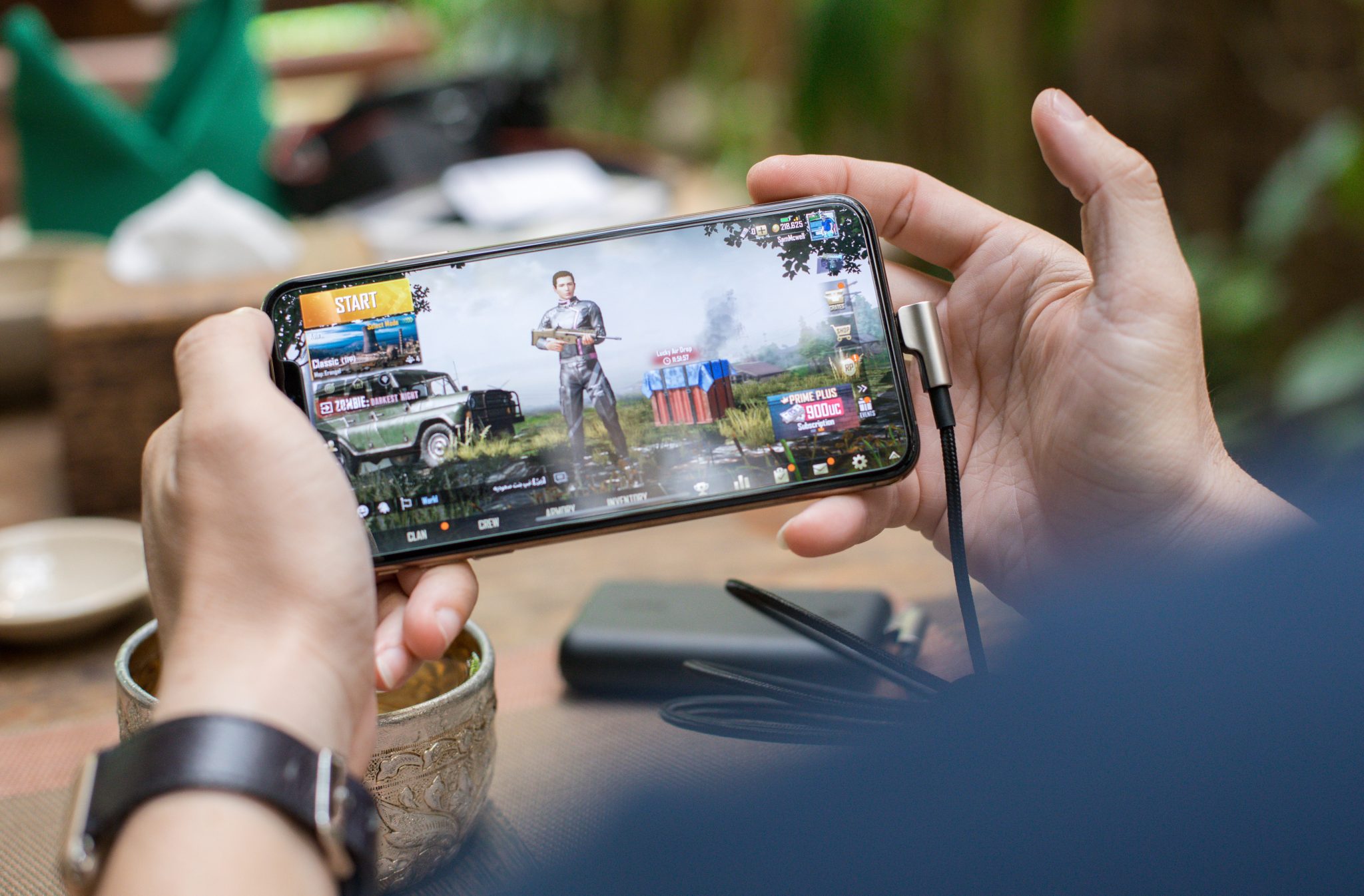Mobile games represent a huge opportunity for marketers in 2021. With social media ad costs on the rise after a year of consumer uncertainty, diversification is more critical than ever. In addition to their inflated costs, traditional platforms like Google and Facebook are also oversaturated, which isn’t a great formula to drive ROAS. Mobile games might not be top-of-mind for many marketers, but those who test the waters soon discover the channel’s growth potential.
Our research has shown that mobile gamers are highly receptive to in-app ads; 72% voluntarily engage with rewarded ads, and 61% of consumers view at least one rewarded ad each day. Mobile games allow marketers to engage consumers during natural pauses in gameplay and put their ad dollars towards conversions with risk-free performance pricing like CPA campaigns.
In this post, we’ll make our case for mobile games as an emerging channel that marketers need to know about. We’ll cover:
- Who mobile gamers are
- What in-game ads offer beyond the in-app ecosystem
- Why mobile game ad campaigns pay off
1. Your target audience plays mobile games
Over the years, misconceptions about mobile games and the people who play them have run rampant. Some thought that, like board games, mobile games merely keep kids entertained. Others conjured an image of the archetypal gamer — a teenager or young adult, typically male, heavily invested in a gaming community. If you’re up on the latest industry buzz, candy-crushing moms may come to mind. While each of these stereotypes holds a grain of truth, the reality is that mobile games appeal to everyone. 62% of smartphone users install a game within a week of owning their device, and 43% of time spent on mobile can be attributed to games. Mobile games even represent around half of the global video game market.
With that kind of fanbase, it’s no surprise that marketers have been paying attention. According to Business of Apps, mobile game media buying skyrocketed in 2020. “This points to one thing: mobile game marketers sensed these opportunities and scrambled to take advantage of them. The mobile game market’s growth led to more advertising investment as marketers tried to attract more customers; hence, the sharp increase.”
As for the gamers themselves, our own EVP of Global Ad Sales and Marketing Sarah Chafer refers to them as “your everyday audience.” eMarketer echoes this sentiment: “Although the stereotype of gamers is that they’re young males, the majority of mobile gamers are female. Females outnumber males by a wide margin in mobile strategy and puzzle games, while the opposite is true of mobile action, racing, and shooter games. There is also age diversity, with gamers ages 21 to 35 accounting for 39% of the total and those ages 36 to 50 accounting for 33%. More than a fifth of gamers are 50 and older.”
In other words, mobile gamers are proving to be a lot more diverse than the stereotypes imply. Kids play them, but so do their parents. Zoomers, millennials, Gen X, and even baby boomers enjoy mobile games.
All of this to say: If you haven’t tested in-game ads because you think mobile gamers aren’t your audience, it’s worth a second look.
2. Mobile games have extra benefits over in-app
The in-app environment has many of the same benefits as in-game ads: low-risk performance pricing, lower CACs, and fewer competitors. In-app remains a strong choice for marketers looking to boost brand awareness, acquire new customers, and increase revenue. However, in-game advertising has a few extra advantages, most notably that it’s the ideal environment for rewarded ads.
Rewarded ads are a value exchange: Users view an ad or complete an advertiser’s offer and receive in-app rewards in return. For the model to work, the publisher app needs something of value to exchange. Since mobile games almost always have an in-game economy based on gold, gems, coins, and other goodies, that makes them a perfect fit. Timing matters, too: In mobile games, it’s easier to find natural breaks in the gameplay to introduce these offers since mobile users respond negatively to disruptive advertising.
That’s not the only reason why mobile games can provide opportunities that regular apps don’t. As we covered above, mobile gamers represent a diverse range of ages and experiences. They’re engaged and generally understand how the mobile advertising landscape works. As Jamin Warren, host of the Twofivesix: Gaming and Marketing podcast, said to ironSource's Sarah Chafer: “There’s a special dynamic between players and advertising in this space… With high levels of engagement that is mutually rewarding for players, the games, and the advertised brands.”
As an added benefit, mobile games are a particularly brand-safe environment for marketers. There are a few reasons for this: control over user-generated content, rigorous review by app stores, and the ability to create custom lists of appropriate publishers. Because mobile games make up such a significant portion of app revenue, they’re subject to even more oversight and scrutiny on iOS and Google Play, which minimizes the risk of brand safety incidents.
3. Mobile gamers are ready to spend
According to Sensor Tower, consumer spending in mobile apps hit $111 billion in 2020 — and 71.7% of that spending came from mobile games. By targeting mobile gamers through advertising, you’re not only reaching a broad, diverse, and plugged-in audience; you’re also reaching a group of consumers that aren’t afraid to spend a few bucks in between rounds of battle royales or levels of their favorite match-3 puzzler.
Our research shows that 64% of consumers are more likely to engage with a retail in-app rewarded ad than a social media sponsored post. The added value of in-game rewards on top of the ad transaction makes mobile gamers feel like their money is going further. Additionally, these consumers are open to making purchases: 70% of those we surveyed were interested in trying a new subscription product or service.

